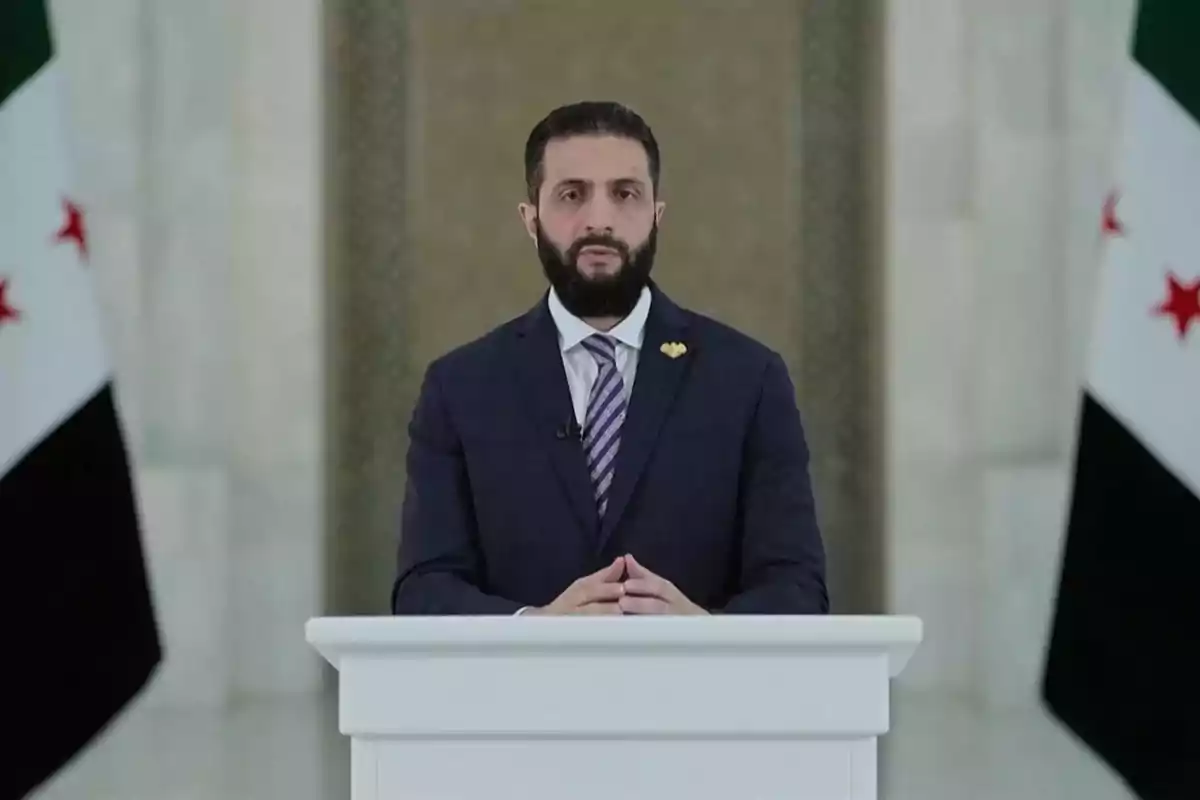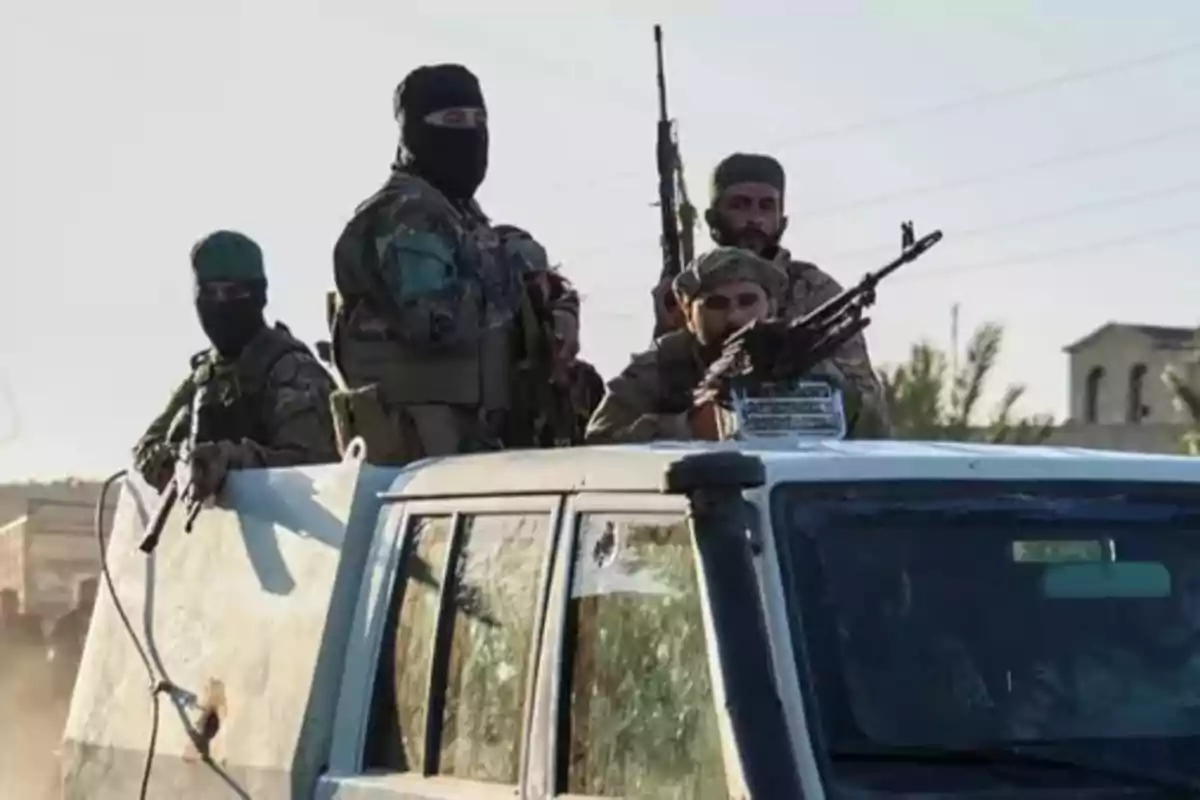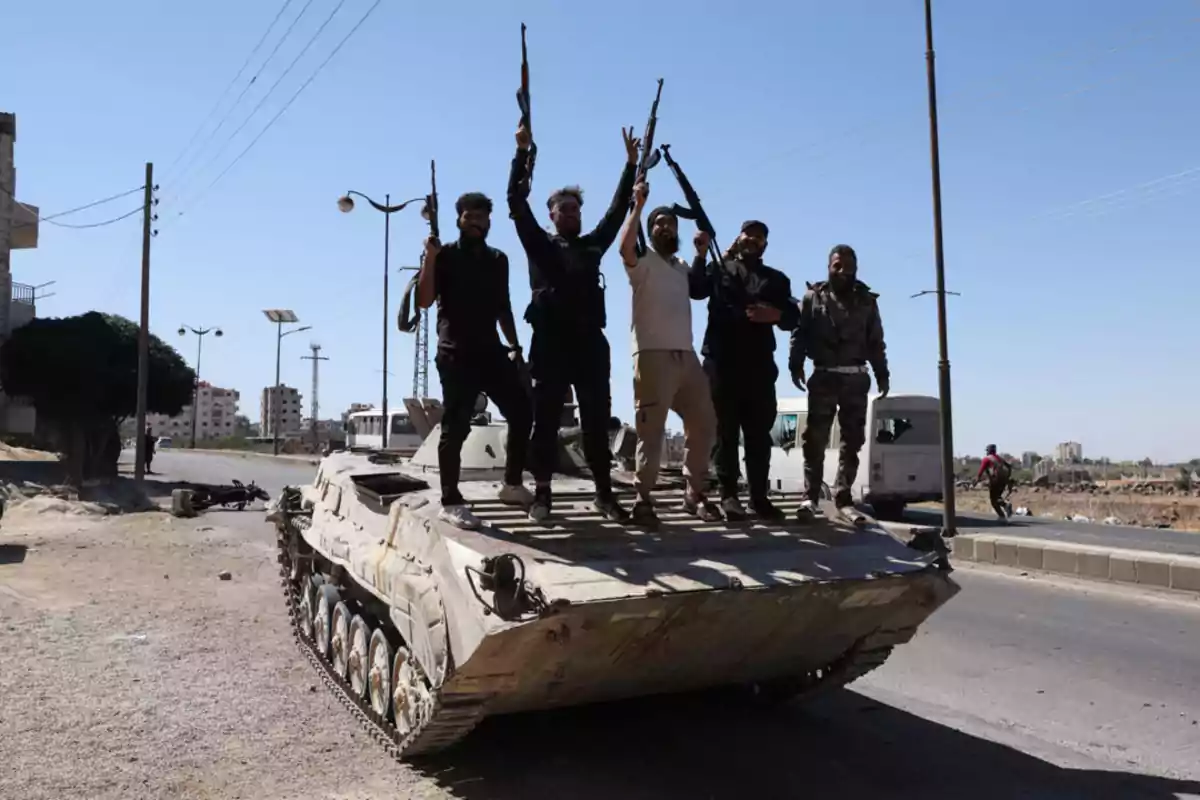
After intense fighting, a ceasefire was achieved between the Druze and the Syrian regime.
The withdrawal of the Syrian Army was agreed upon, and local security will be in the hands of the Druze
After five days of intense fighting in southern Syria, high-ranking representatives of the Druze community of Sweida announced on Wednesday afternoon the signing of a ceasefire agreement with Syrian regime forces.
Meanwhile, interim president Ahmad al-Sharaa also announced the entry into force of a cessation of hostilities. However, doubts persist regarding its effective implementation, since a previous truce announced the day before did not materialize.
Uncertainty increased after the refusal of one of the Druze factions, led by Hikmat al-Hijri, who rejected the agreement and called for continued resistance "until Al-Sweida is liberated." He also warned that "any person or entity that deviates from the united position and forms a connection or agreement will be held responsible."

The agreement, announced by Sheikh Yusuf Jarboa, another prominent Druze leader, provides for the "full integration" of Al-Sweida into the new order that emerged after Bashar al-Assad's fall last December. In addition, it stipulates that Syrian regime forces must withdraw from the area and return to their bases, leaving control of local security to Druze officers and residents.
If fully implemented, this pact would mean the withdrawal of the Syrian army from Al-Sweida, allowing the Druze community to assume security of the territory. According to local leaders, the agreement also provides for collaboration with the regime's Ministries of Interior and Defense for the management of heavy weaponry, with the aim of ensuring that such weapons remain under state control.
In addition, a special commission will be formed to investigate the atrocities committed during the clashes, mainly against the Druze population, which would include the execution of civilians, acts of public humiliation, looting, and the destruction of homes.
The clashes, which so far have left hundreds dead among Druze, Bedouins, and Syrian regime forces, began last weekend after an attack by armed Bedouin men against a Druze man on the road connecting the district with Damascus. According to reports, several strikers robbed and kidnapped him, later releasing him in a remote area in serious condition.

As a result of this incident, the Druze of Al-Sweida detained members of the Bedouin tribes, which triggered an escalation in tensions between the two communities, leading to armed clashes. In recent days, amid the fighting in Al-Sweida, the Syrian regime announced the deployment of soldiers with the intention of restoring order.
Nevertheless, this measure was viewed unfavorably by the Druze, who accused the regime of collaborating with the Bedouins, which worsened the situation and led to further fighting in the area. In parallel, Israel launched a campaign of airstrikes against forces loyal to Damascus, aiming to defend the Druze community in Al-Sweida.
Among other actions, the Israel Defense Forces (IDF) carried out a bombing of the Syrian army headquarters in Damascus, in an attack that was broadcast live by Syrian state television and left five dead. An attack was also reported near the presidential palace of Al-Sharaa.
An Israeli military source, quoted by the Reuters news agency, stated that "Israel will not allow military entrenchment on its border with southern Syria, and will not allow the massacre of Druze in Syria."
More posts: